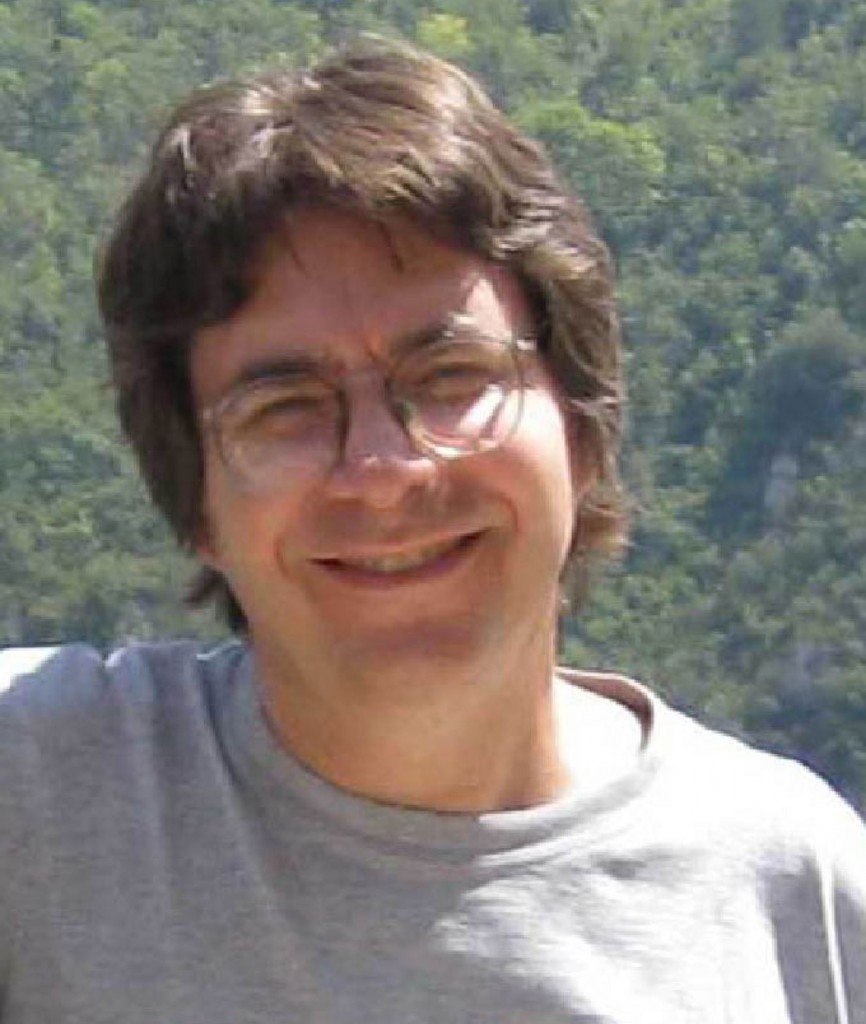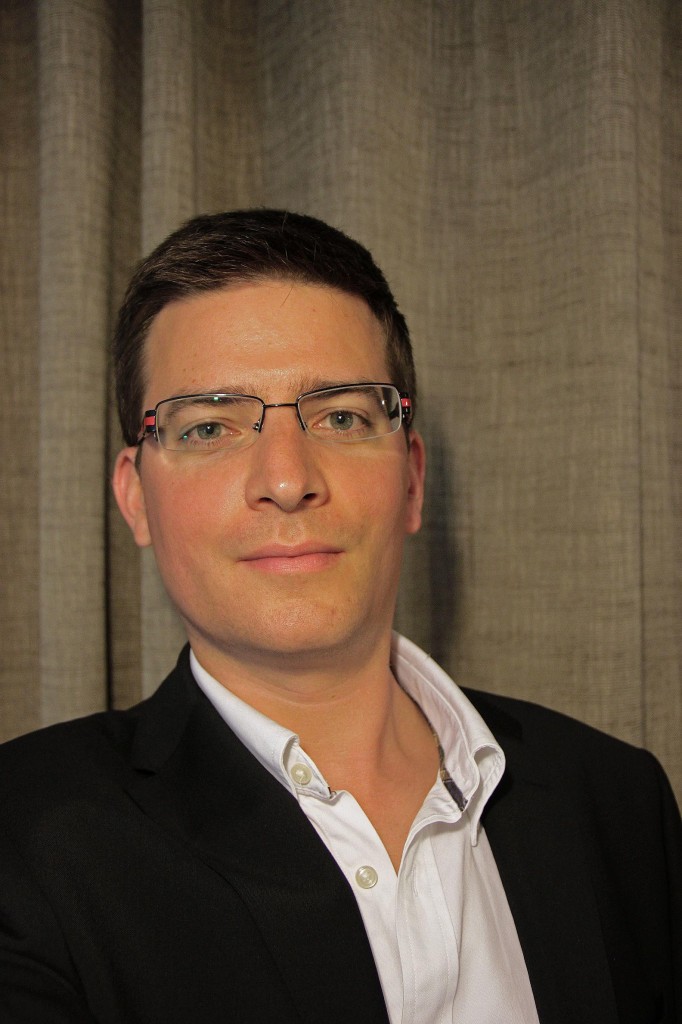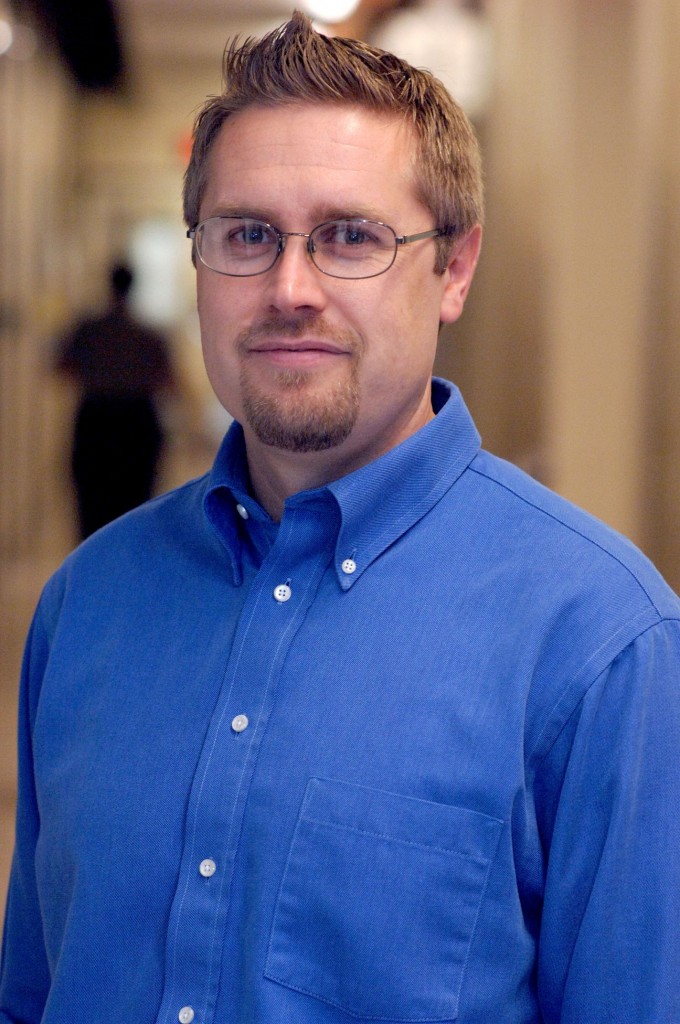 Bradley Nilsson conducted PhD studies in organic chemistry at the University of Wisconsin–Madison with Professor Ronald T. Raines studying methodology for the chemoselective ligation of peptides. He subsequently completed postdoctoral research in synthetic organic chemistry with Professor Larry E. Overman at the University of California, Irvine. He joined the faculty of the Department of Chemistry at the University of Rochester in 2006. The Nilsson group is interested in molecular recognition and self-assembly phenomena of peptides and proteins leading to amyloid and in the development of amyloid-inspired materials and therapeutics.
Bradley Nilsson conducted PhD studies in organic chemistry at the University of Wisconsin–Madison with Professor Ronald T. Raines studying methodology for the chemoselective ligation of peptides. He subsequently completed postdoctoral research in synthetic organic chemistry with Professor Larry E. Overman at the University of California, Irvine. He joined the faculty of the Department of Chemistry at the University of Rochester in 2006. The Nilsson group is interested in molecular recognition and self-assembly phenomena of peptides and proteins leading to amyloid and in the development of amyloid-inspired materials and therapeutics.
Please follow the link for further information on Bradley’s research group and his recent paper in Polymer Chemistry.
What was your inspiration in becoming a chemist?
My decision to become a chemist was a direct result of engaging in undergraduate research. As an undergraduate at Brigham Young University I was initially a molecular biology major. I enjoyed my classes in organic chemistry and found an opportunity to work with Professor Steve Fleming conducting research in organic photochemistry. I fell in love with research and decided to pursue graduate studies in chemistry. The creative opportunity to study problems at the edge of our collective knowledge was very exciting to me. I found the study of chemical reactivity and molecular recognition particularly seductive, thus leading to my emphasis in organic chemistry.
What was the motivation behind the research in your recent Polymer Chemistry paper?
Our article is a critical review of the self-assembly and hydrogelation behavior of simple amino acid and dipeptide derivatives. There is a growing body of work describing the emergent hydrogel properties of noncovalent polymer assemblies of these simple organic molecules. These hydrogels possess many of the characteristics of covalent polymers and have been applied to problems in ex vivo tissue engineering. However, the relationship between self-assembly and hydrogelation phenomena is still somewhat mysterious. As a result, the creation of new hydrogel materials relies largely on empirical approaches. The purpose of our review was to review recent work in this area as well as to suggest future avenues for research that will help bridge the gap between empiricism and rational design.
Why did you choose Polymer Chemistry to publish your work?
Polymer Chemistry is an ideal journal for publication of this work due to the emphasis of the journal on supramolecular structure and function.
In which upcoming conferences may our readers meet you?
In the near future I plan to attend the Chemistry and Biology of Peptides Gordon Conference in Ventura, CA (February 2012).
How do you spend your spare times?
My postdoctoral research mentor once indicated that working adults probably have time for two serious hobbies in their life. He advised that for people seeking academic employment in chemistry, one of these hobbies should be chemistry. My wife and I have four young children who range from 4-13 years in age. My second hobby (and the rest of my “spare” time) revolves around time with family.
Which profession would you choose if you were not a scientist?
My dream professions outside science would be as a guitarist in a working rock band (reflecting my interests in music) or as a professional hockey player (reflecting my Canadian birthright). That’s not to say I’m qualified to do either (I’m not), but if I’m dreaming, those “jobs” seem particularly interesting.


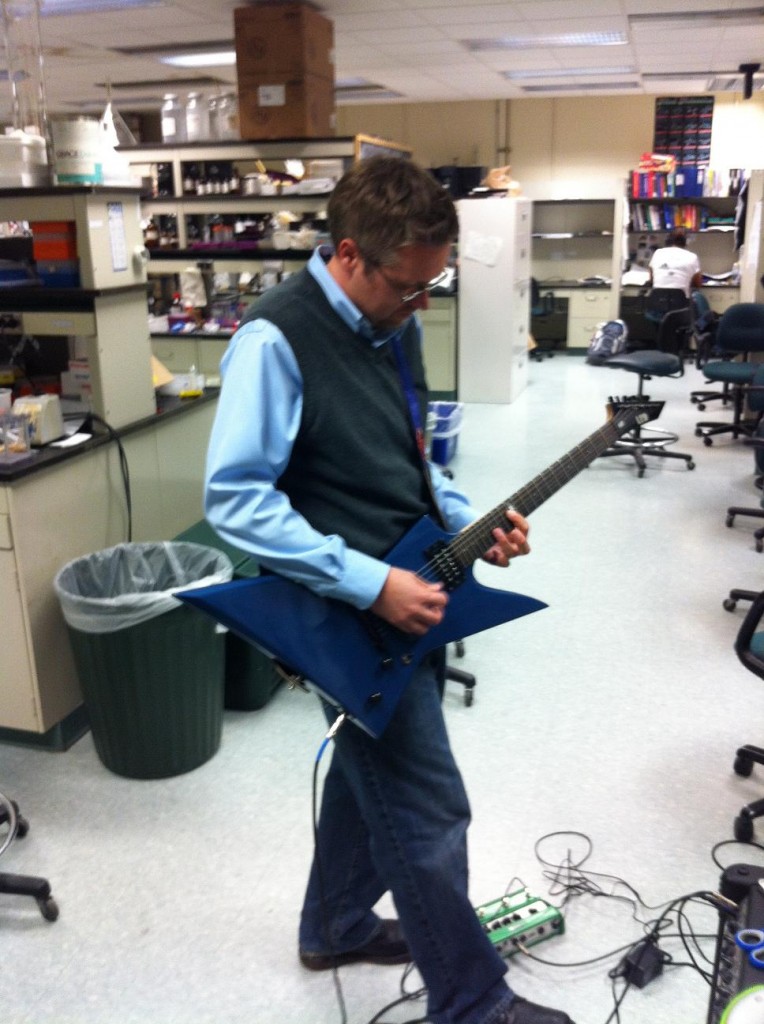









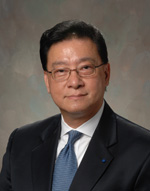 Stephen Z. D. Cheng is an American polymer scientist and chemical engineer. Cheng is the current Dean of the College of Polymer Science & Polymer Engineering, and the R.C.Musson & Trustees Professor of Polymer Science at the University of Akron. Cheng became faculty as an assistant professor of polymer science at the University of Akron in October 1987. He was promoted to associate professor with tenure in 1991, and further the professor of polymer science in 1995. Cheng became the Trustees Professor of Polymer Science in September 1998, and the Robert C. Musson Professor of Polymer Science in 2001, all at the University of Akron. From 2001 to 2005, Cheng was the Chairman of the Department of Polymer Science at the University of Akron, and he was appointed Dean of the College of Polymer Science & Polymer Engineering on August 1, 2007.
Stephen Z. D. Cheng is an American polymer scientist and chemical engineer. Cheng is the current Dean of the College of Polymer Science & Polymer Engineering, and the R.C.Musson & Trustees Professor of Polymer Science at the University of Akron. Cheng became faculty as an assistant professor of polymer science at the University of Akron in October 1987. He was promoted to associate professor with tenure in 1991, and further the professor of polymer science in 1995. Cheng became the Trustees Professor of Polymer Science in September 1998, and the Robert C. Musson Professor of Polymer Science in 2001, all at the University of Akron. From 2001 to 2005, Cheng was the Chairman of the Department of Polymer Science at the University of Akron, and he was appointed Dean of the College of Polymer Science & Polymer Engineering on August 1, 2007.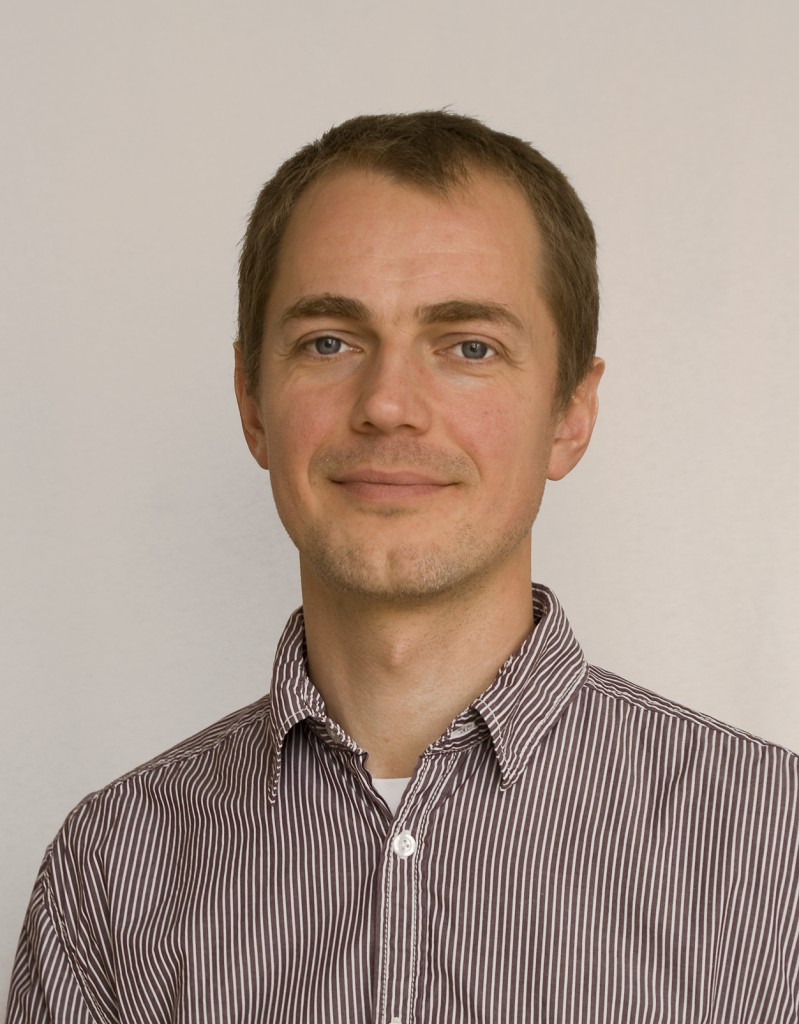
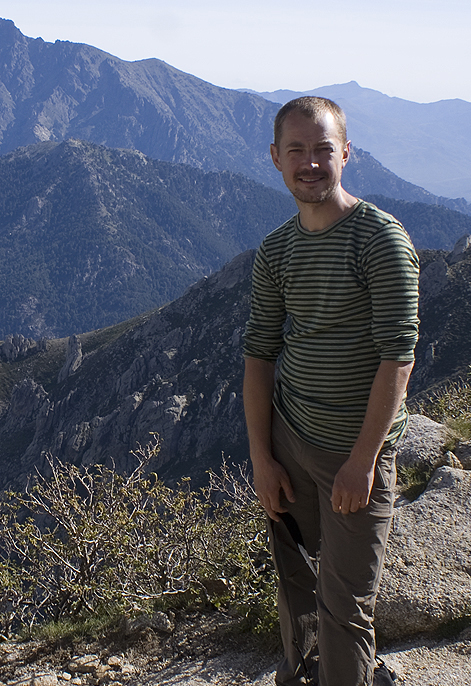
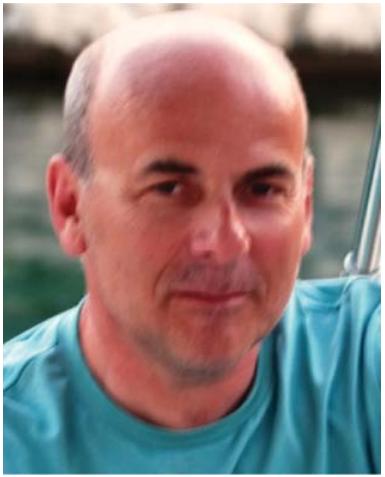
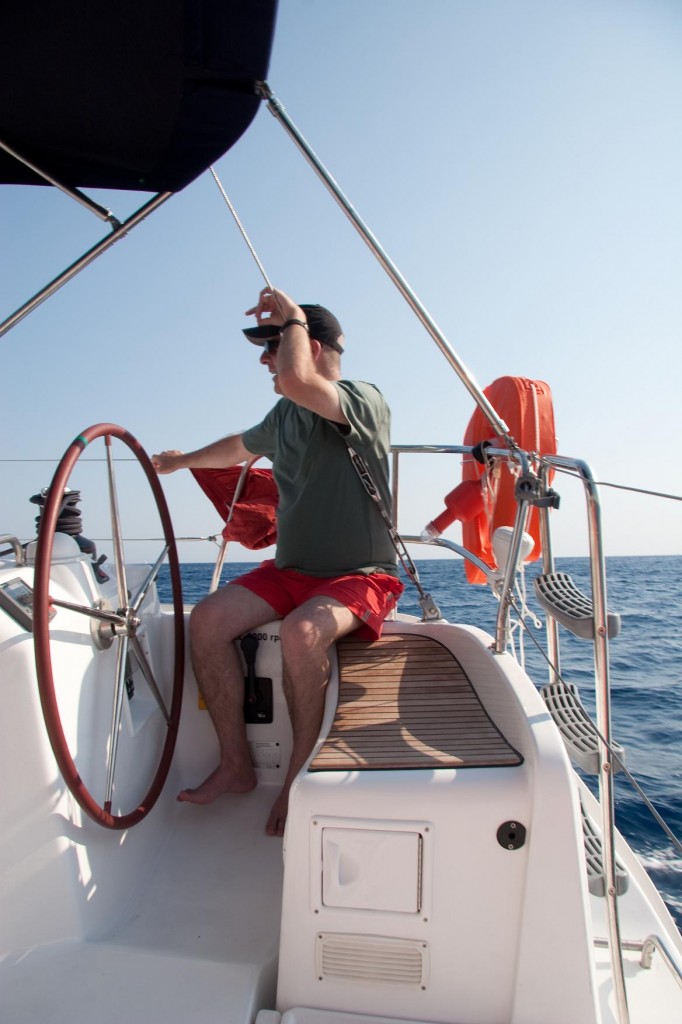
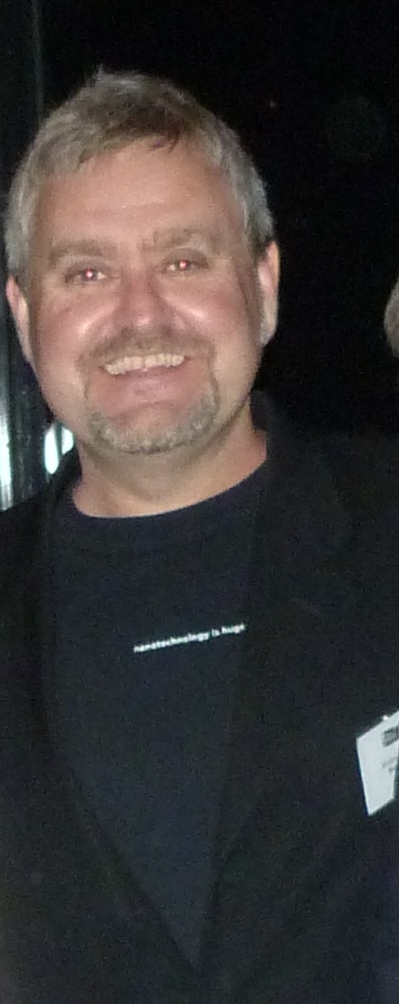
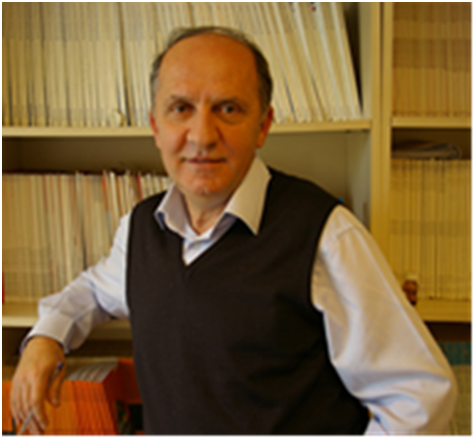
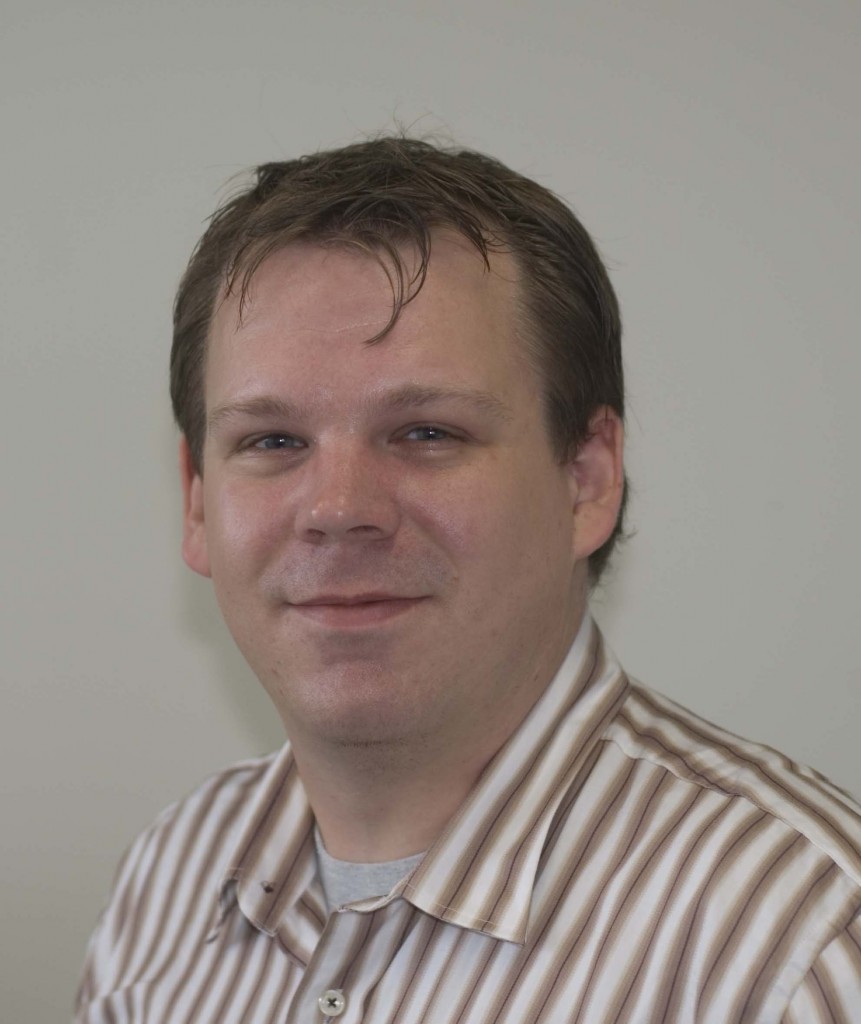
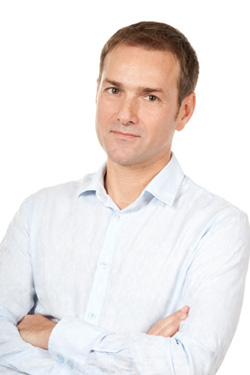 Pr. Mathias Destarac was born in Nogent sur Marne, France, in 1970. He undertook his undergraduate studies in France at the University of Montpellier and obtained his “Diplome d’Ingenieur” in 1993 in the field of materials science. He received his PhD in 1997 from the University of Montpellier for his studies on controlled radical polymerization. He then got a postdoctoral fellow position in Pr. Matyjaszewski’s group at Carnegie Mellon University in Pittbursgh, USA, where he focused his research work on atom transfer radical polymerization. He moved to Rhodia France in late 1998 to undertake the challenge of industrial research. His Rhodia research has mainly focussed on developing the RAFT/MADIX polymerization. Over the course of his career at Rhodia, he occupied successive positions as Senior Research Fellow, Project Manager and Scientific Expert. He originated and supervised a great deal of academic collaborations on various aspects of polymerization chemistry.
Pr. Mathias Destarac was born in Nogent sur Marne, France, in 1970. He undertook his undergraduate studies in France at the University of Montpellier and obtained his “Diplome d’Ingenieur” in 1993 in the field of materials science. He received his PhD in 1997 from the University of Montpellier for his studies on controlled radical polymerization. He then got a postdoctoral fellow position in Pr. Matyjaszewski’s group at Carnegie Mellon University in Pittbursgh, USA, where he focused his research work on atom transfer radical polymerization. He moved to Rhodia France in late 1998 to undertake the challenge of industrial research. His Rhodia research has mainly focussed on developing the RAFT/MADIX polymerization. Over the course of his career at Rhodia, he occupied successive positions as Senior Research Fellow, Project Manager and Scientific Expert. He originated and supervised a great deal of academic collaborations on various aspects of polymerization chemistry.